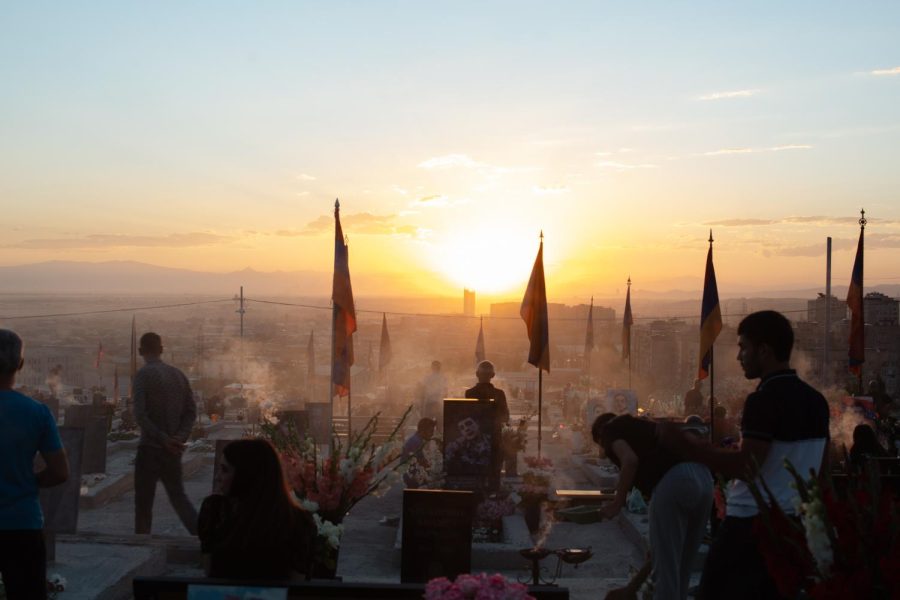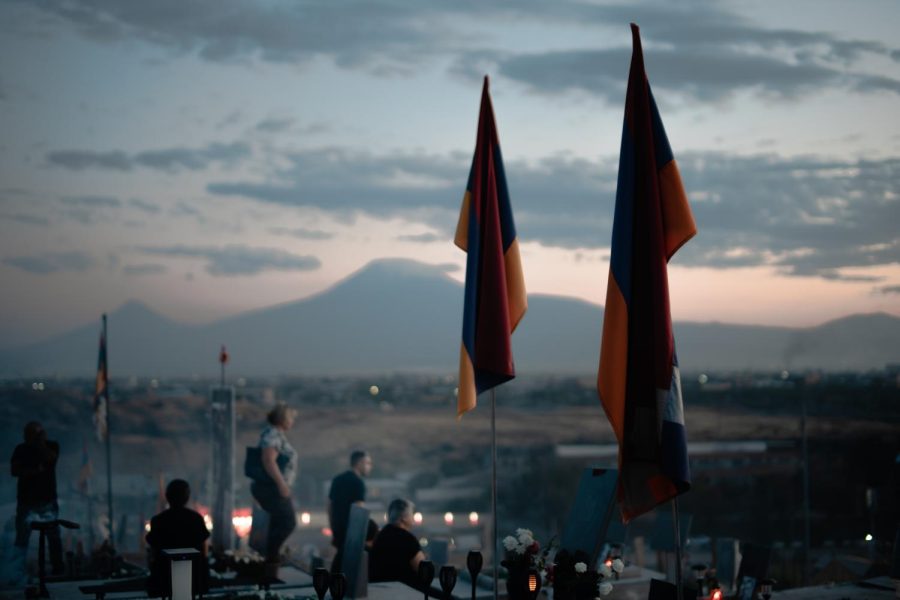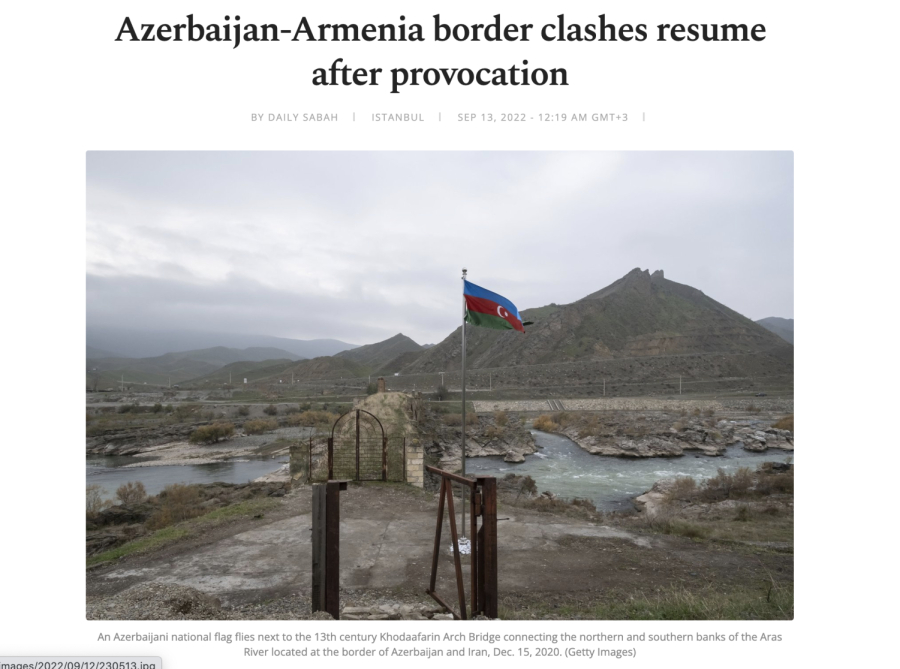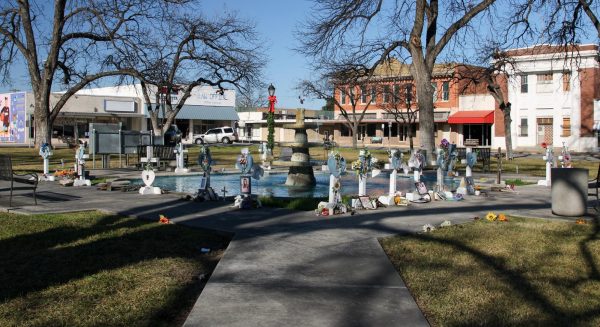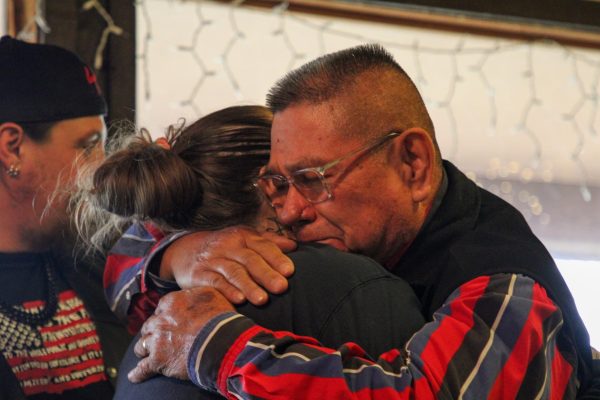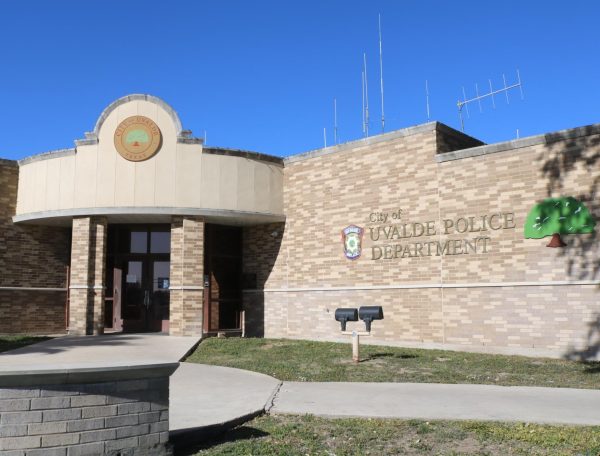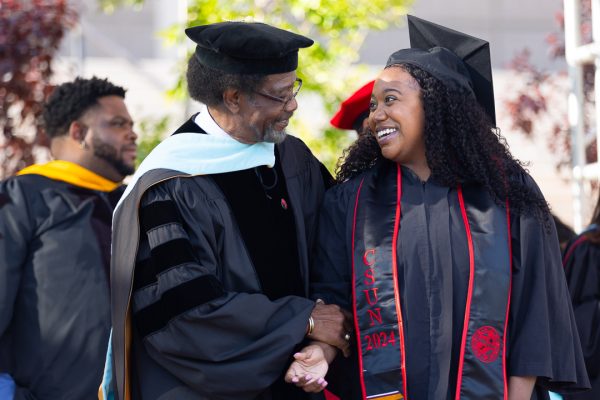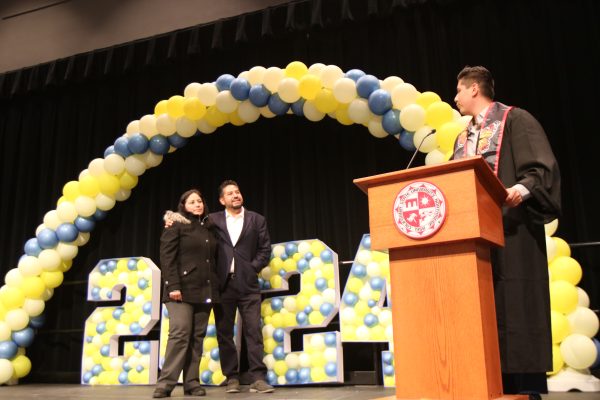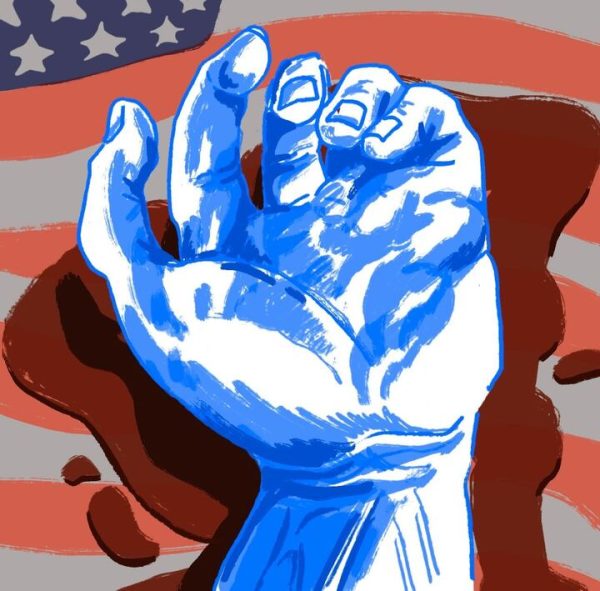OPINION: Azerbaijan’s invasion of Armenia and the media’s inaccurate reporting
Armenians lighting incense in remembrance of loved ones during Armenian Independence Day at the Yerablur Military Pantheon in Yerevan, Armenia, on Sept. 21, 2021.
October 8, 2022
Azerbaijan has invaded Armenia.
That is the headline — one of the few appropriate headlines — that should be written right now. However, many media outlets are playing both sides for the sake of remaining “objective” in the latest reports of Azerbaijan’s attacks on Armenia on Sept. 13.
There are times to remain objective. As flawed a concept as objectivity may be, it is needed for accurate reporting. Nonetheless, to paint the current attacks as a conflict that both sides have instigated, and have continued, is the undertaking that most journalists try to avoid — lying.
The most recent attacks started on Sept. 13, around midnight, when Azerbaijani armed forces fired artillery and large-caliber firearms in the direction of Goris, Sotk, and Jermuk, according to Armenia’s Ministry of Defense. It was later reported that the villages of Artanish, Martuni, Ishkhanasar, Tegh and Akner were also fired upon.
Azerbaijan’s Ministry of Defense denied Armenian reports of Azerbaijan invading Armenia and blamed the attacks on Armenian armed forces for firing at Azerbaijan’s armed forces from “the directions of Basarkechar, Istisu, Garakilsa and Gorus” — the Azerbaijani toponyms of cities and towns currently located in Armenia and Nagorno-Karabakh. There have been many local reports of Azerbaijan shelling in civilian areas in Armenia, the mutilation of a female Armenian soldier and Azerbaijani troops executing a group of Armenian soldiers. A cease-fire is in place and there have been no significant incidents since Sept. 15.
There are two inaccuracies in the news organizations’ and governments’ reports of Azerbaijan’s latest attacks. First, it is presented as an ordinary skirmish on the border between two former Soviet states. Second, many outlets explain the skirmishes as being over Nagorno-Karabakh, also known as Artsakh, when in reality Azerbaijan attacked Armenia proper.
For example, The New York Times published an article on Twitter with the headline “Clashes Erupt in Nagorno-Karabakh, Raising Fears of Another War,” then changed it to the equally passive headline of “Armenia and Azerbaijan Clash Raises Fears of Broader Conflict.” It is not until the seventh paragraph that we see, “On Tuesday, for the first time in 30 years of a largely frozen conflict over the disputed territory of Nagorno-Karabakh and surrounding districts, Azerbaijan attacked Armenian air defense and artillery systems based inside Armenia,” which is another half-truth because there are local reports of Azerbaijan striking civilian infrastructure.
Another negligent article was published by The Associated Press. The article starts with a background on the first Nagorno-Karabakh war that started in 1988 and does not mention that attacks are taking place within Armenia — leading readers to assume that the two countries are fighting over the so-called disputed territory again.
Among the other forms of media to critique are press releases by the U.S. Department of State.
Here is the press release about Antony Blinken’s call with Armenia’s Prime Minister Nikol Pashinyan:
“Secretary of State Antony J. Blinken spoke overnight with Armenian Prime Minister Nikol Pashinyan to convey our deep concern over the military actions along the Armenia-Azerbaijan border, including reports of shelling in Armenia. The Secretary stressed the need for disengagement of military forces and assured Prime Minister Pashinyan that the United States would push for an immediate halt to fighting and a peace settlement between Armenia and Azerbaijan.”
Here is the press release about his call with Azerbaijan’s President Ilham Aliyev:
“Secretary of State Antony J. Blinken spoke overnight with Azerbaijani President Ilham Aliyev to express deep concern over military action along the Armenia-Azerbaijan border, including shelling in Armenia. Secretary Blinken urged President Aliyev to cease hostilities and stressed that the United States would push for an immediate halt to fighting and a peace settlement between Armenia and Azerbaijan.”
There are a couple of parts to decode. First, after conveying their usual deep concerns, the U.S. Department of State recognized that there is shelling in Armenia, not Nagorno-Karabakh. Second, Blinken “urged Aliyev to cease hostilities” while he “stressed the need for disengagement of military forces” to Pashinyan.
If one party is being hostile, how can the other who is bearing the brunt of the hostilities afford to disengage militarily? Although the U.S. Department of State labeled Azerbaijan as the aggressor, it quickly sat back on the fence it hopped off of by telling Armenia to disengage. More vague and passive statements have been made before, and the lack of action from international monitors emboldens Aliyev to do as he pleases with the Armenians.
With Armenia’s statehood at risk, it cannot afford to disengage. A peace settlement is contingent on the actions of the oppressor, not the oppressed.
Azerbaijan’s propaganda and its messages
During times of conflict, Azerbaijan is notorious for also conducting an information war — whether it is through social media bots, state media reports or government press releases. To those who still do not know who to believe, statements made by Aliyev make it clear who is the aggressor in this situation.
Aliyev initially denied starting the 2020 Nagorno-Karabakh war, but eventually, he proudly stated that “Azerbaijan started the War of Salvation.”
Aliyev is also known to make irredentist claims. In a document on Aliyev’s website describing the history of Azerbaijan, it is mentioned that Yerevan was “conceded” to the First Republic of Armenia in 1918 after the collapse of the Russian Empire. The document later claims the territories of Zangazur, in Armenia’s Syunik region, and Goycha, Armenia’s Gegharkunik region, which were “seized from Azerbaijan and annexed to Armenia.” These are the same territories that have been relentlessly shelled over the last few days.
Members of parliament and state media have also regurgitated the talking point of building a “buffer zone” between Armenia and Azerbaijan, and Azerbaijan has already been occupying parts of these two regions since 2021.
People should not trust Azerbaijan or Turkey’s reports on the attack because of their consistent “one nation, two states” rhetoric, and their ranking on the World Press Freedom Index compared to Armenia. According to Reporters Without Borders, out of the 180 countries on their Press Freedom Index, Azerbaijan ranks 154th, Turkey ranks 149th and Armenia ranks 51st.
Azerbaijan’s actions within the last two years, and the barrage of propaganda that has been simultaneously released, make it clear that they do not want a peaceful settlement if it means Armenia has a say on the status of Nagorno-Karabakh, and at this point the statehood of Armenia.
Regional media and strong statements by the U.S.
Regionally, Russia, Turkey and the European Union have published contradictory, inaccurate or malicious statements. Of the statements made outside the region, U.S. House Speaker Nancy Pelosi’s response was among many exceptions.
Russian state media RT initially reported on the attack with the headline “Azerbaijan strikes Armenian Border.” With a headline like this, one would think Russia will take action, but their strategy was passive. Armenia applied to the Collective Security Treaty Organization, a military alliance between six former Soviet states, for military assistance due to Azerbaijan’s attack on Armenia’s border.
However, the CSTO responded by saying it “has not yet taken out its sword from its scabbard” — implying they have not offered any military assistance because they are trying to resolve the issue peacefully. The government’s inconsistent and passive messaging is likely due to the ongoing conflict in Ukraine, the new fighting between Tajikistan and Kyrgyzstan, and their inability to attend to Armenia’s needs because of these conflicts.
The Turkish pro-government paper Daily Sabah reported on the attack by using the headline “Azerbaijan-Armenia border clashes resume after provocation,” recycling the use of the word provocation to show support to Azerbaijan. Turkey’s Minister of Foreign Affairs Mevlüt Çavusoglu repeated the narrative of Armenia being the aggressor and said it should “focus on peace negotiations and cooperation w/ Azerbaijan.”
Turkish and Azerbaijani government officials and state media are relentless and malicious when it comes to painting Armenians as the aggressors, so they will use mirror propaganda to deflect themselves as actual provocateurs. A member of the parliament in Turkey even recently said, “I remind you once again that the Turkish Nation has the power to erase Armenia from history and geography.” Despite Turkey’s and Azerbaijan’s propaganda, Armenia is a more free country than either of the two, but less powerful both militarily and economically, according to the World Bank.
Another misleading statement was made by the European Union’s External Action Service, saying that “it is imperative that the hostilities stop and that there is a return to the negotiating table.” Hostilities initiated by who? Return to the negotiating table for what? General statements like these do not assess the problem and thus it will not be resolved.
One of the strongest statements was made by Pelosi who, after visiting Armenia on Sept. 17, published a statement saying that the world “faces a choice between democracy and autocracy,” and referenced Ukraine, Taiwan and Armenia.
Many people believe she and her delegation made an impromptu trip to support Armenia, when she had this meeting planned before the attacks occurred. Nonetheless, the statement puts Armenia in conversation with Ukraine and Taiwan as countries seeking justice from authoritarian regimes, and thus making it clear to her constituents in Congress that Azerbaijan is the aggressor of this situation. However, this is only a statement and not a security guarantee.
Final thoughts
If one has no prior knowledge of the region, they will be unable to decode what is happening if they read poorly written reports or government propaganda. Then, a misinterpretation of the news, whether it is through misinformation or disinformation published by governments or news organizations, will result in a lack of action. This is due to the attack on Armenia being presented as just another flare-up in hostilities from both sides.
Ultimately, the Armenian people being shelled, Armenian soldiers being humiliated and mutilated, and even Azerbaijanis who do not want another war will be affected by inaccurate reporting.
Media organizations and government officials must release accurate news reports and press releases about Azerbaijan’s attack on Armenia. Many reports thought to be objective are not correctly informing the public of the reality on the ground — what seemingly could be the beginning of the end of Armenian statehood.
